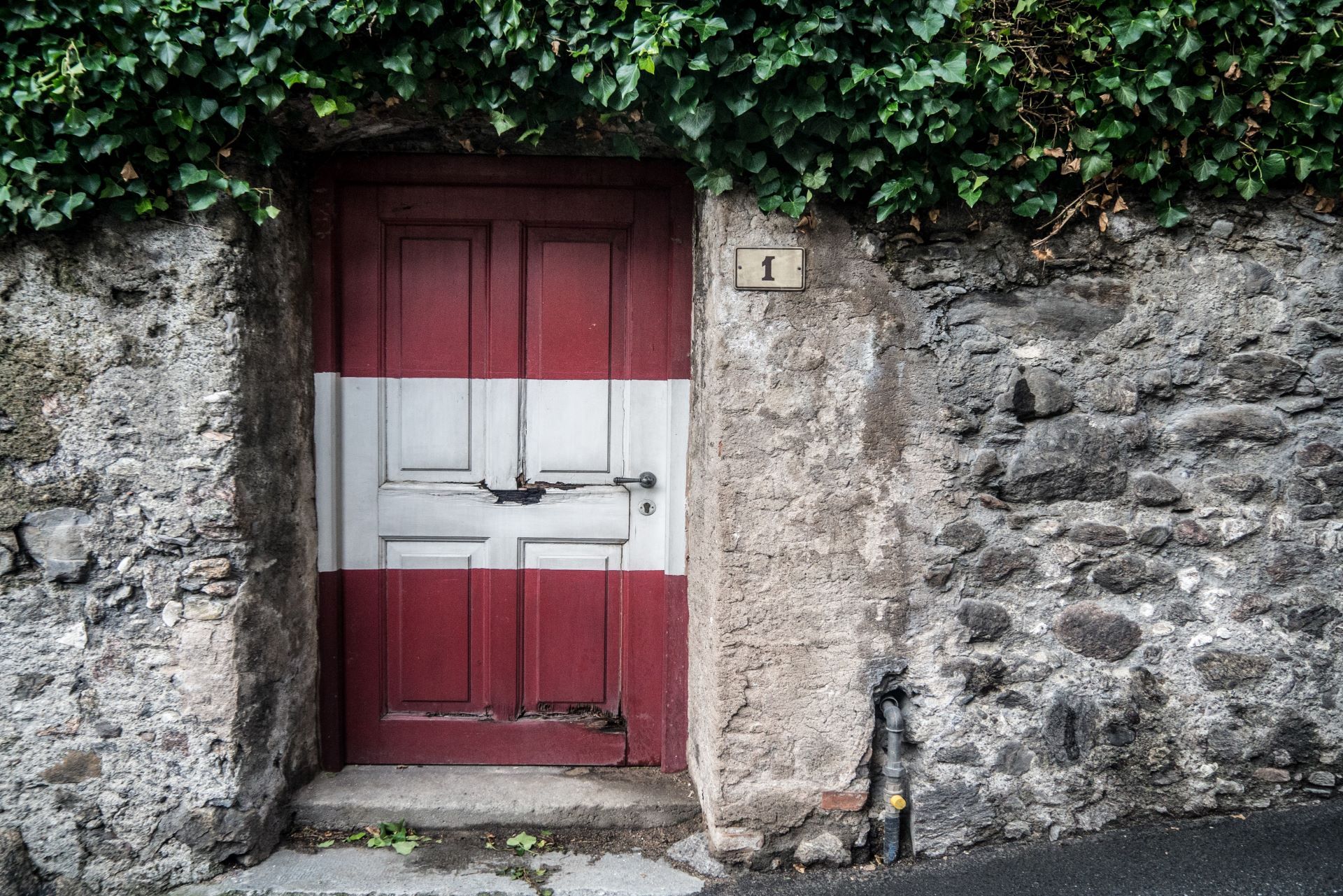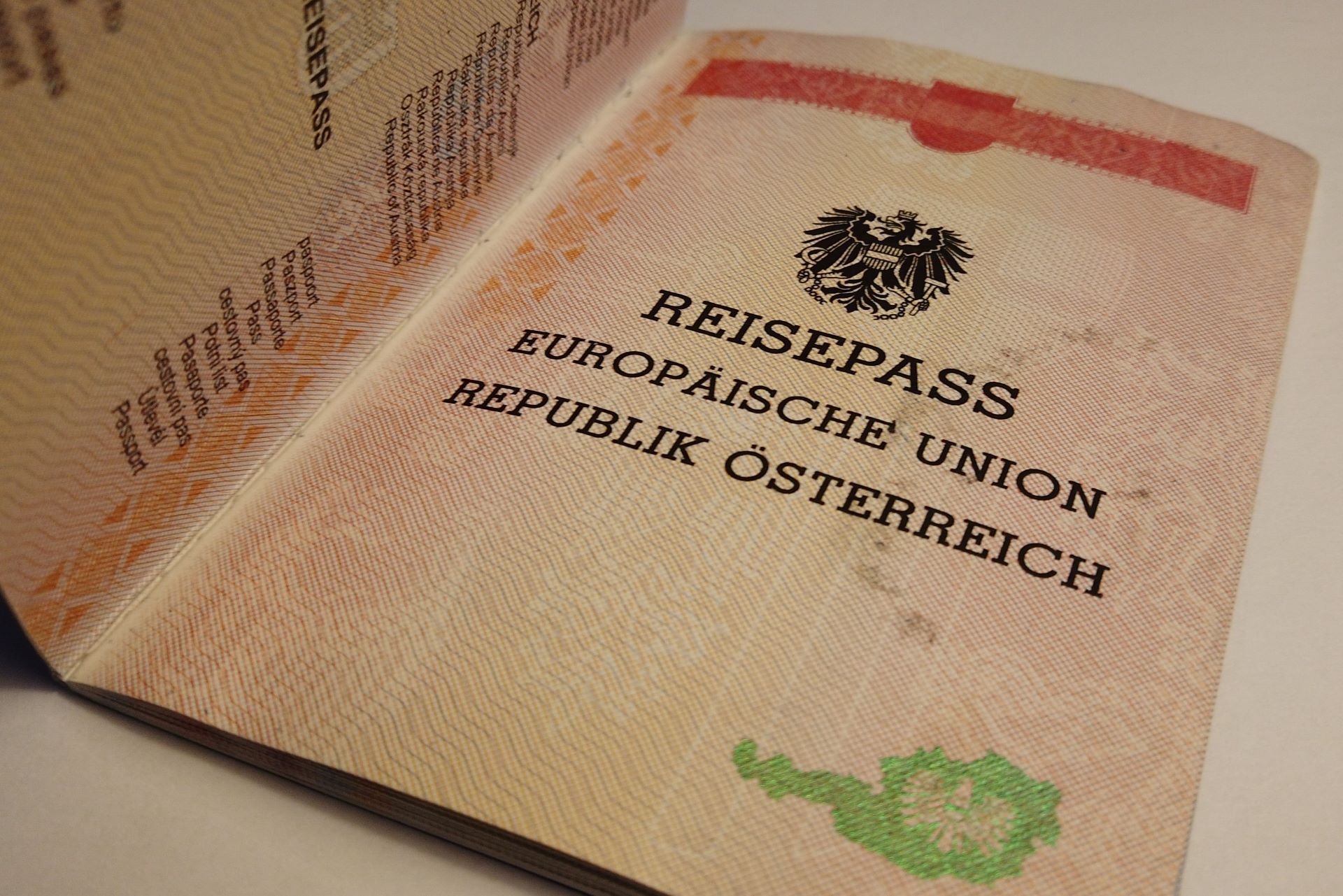Is personell leasing in Austria possible with a red-white-red card?
The employment of third-country nationals in Austria is generally only possible after a work permit has been issued by the Public Employment Service . Can such an employment permit also be issued for personell leasing?
What is the issue?
In the case of personell leasing, an employer (transferor) makes its employees available to another employer (hirer) for the performance of work. While the employment contract is concluded between the transferor and the employee, the employee is actually deployed by the hirer.
The leased employees provide their services to the employer’s customers, they are integrated into the employer’s operations and all the same protective measures must be taken as for the employer’s own employees. Temporary workers may not be discriminated against and are entitled to appropriate remuneration in line with local practice. This is at least as much as the collective agreement of the employing company provides for a comparable activity of comparable permanent employees.
It is also permissible for lease personell from abroad to be transferred to Austria. However, such employees must also be treated in accordance with the minimum standards applicable in Austria with regard to pay, holidays, notice periods, working hours, etc. A transfer from the EEA is generally not subject to authorisation but an official permit is required for transfers from other countries.
Can an employee from a third country be employed in Austria through personell leasing?
The Aliens Employment Act expressly stipulates that an employment permit may only be issued if an employer will employ a worker in a position in his own company. The personell lease is therefore expressly excluded.
An exception exists in the event that the employer has a special permit for the transfer of labour from abroad to Austria. In this case, an employment permit can also be issued in the case of a cross-border supply of labour. However, such a special permit may only be issued if this is absolutely necessary for labour market policy and economic reasons, if the workers are only available through labour leasing and if this does not endanger the wage and working conditions of domestic employees.
Is there a red-white-red card for personell leasing?
As the requirements for the issue of an employment permit must also be met when applying for a Red-White-Red Card (i.e. a residence permit combined with an employment permit), the employer must also employ the third-country national worker in a workplace in his own company. The hiring out of labour in conjunction with a Red-White-Red Card, an EU Blue Card or as a dependent artist is therefore not permitted. Only a Red-White-Red Card Plus or a permanent residence permit provide unrestricted access to the Austrian labour market.









